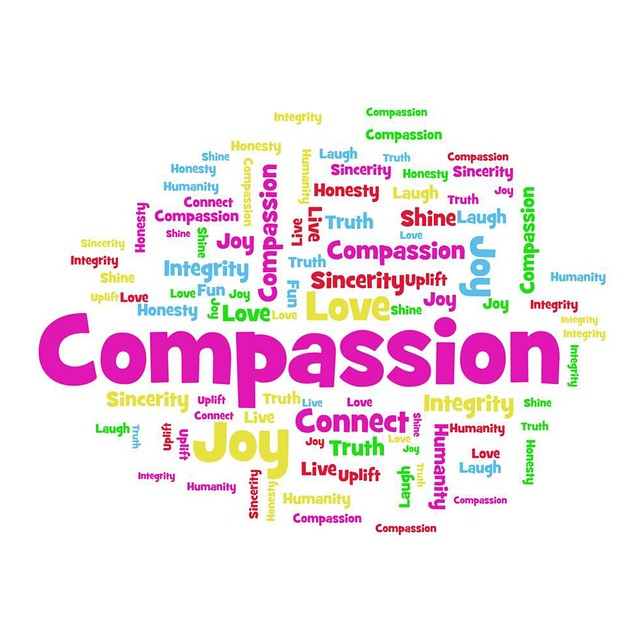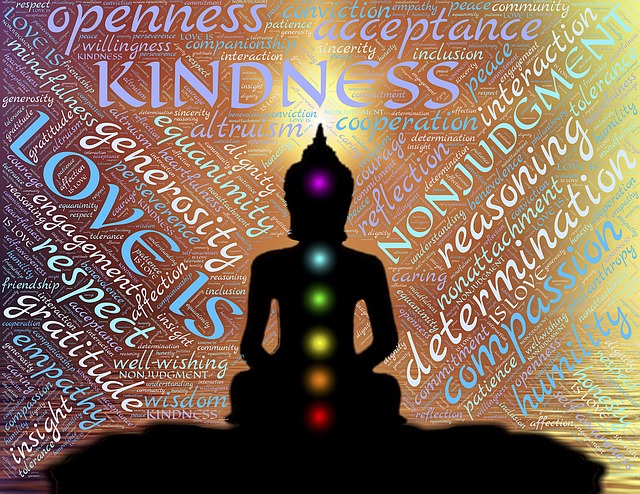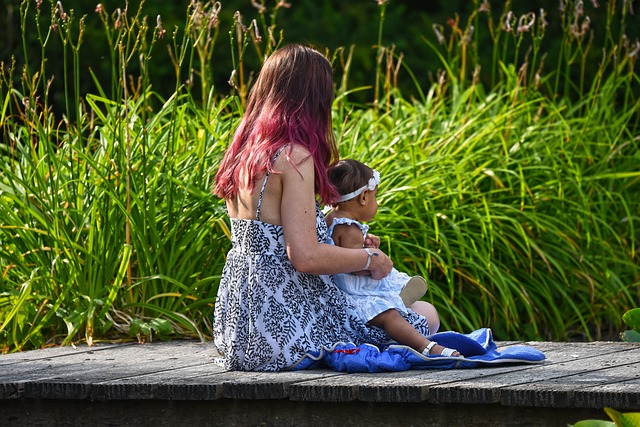Recently the First Person Plural: EI and Beyond podcast featured Professor George Hohlrieser (Lausanne, Switzerland) discussing, How Leaders Can Overcome Conflict. The podcast series involving collaboration between Daniel Goleman (author of Emotional Intelligence), his son Hanuman Goleman and Emotional Intelligence (EI) coach Elizabeth Solomon, is designed to raise listeners’ awareness through stories provided on interview by inspiring people. The hope is that listeners can grow in mindfulness and resilience in living proactively within the systems that surround them – within their personal, social, natural and global systems.
George works with multiple Fortune 500 companies as a clinical and organisational consultant. He recounts during the podcast the story of how he became an accidental hostage negotiator while working for the police. He has continued working in hostage negotiation (sometimes at considerable personal risk), as well as working with people who are suicidal. George is an internationally renowned speaker and best-selling author. His widely acclaimed book, Hostage at the Table: How Leaders Can Overcome Conflict, Influence Others, and Raise Performance, is undergoing revision and updating and will be published on 30 November 2022. In the book, he recounts compelling stories of real hostage situations and draws out the psychological principles that enable hostage negotiators to be successful.
Conflict management principles
During the podcast, George explained some of the principles that underpin his approach to conflict resolution and how they can apply to leaders who are attempting to influence others and develop high performance teams:
- Don’t be a hostage: people can be a hostage to others – their children, parents, teachers, bosses, clients, suppliers or employees. A hostage thinks they are powerless and the pandemic generated feelings of helplessness in a lot of people. Not thinking like a hostage involves, among other things, thinking clearly about a desired outcome and establishing a positive mindset about that outcome. It also involves establishing a secure personal base, not being hostage to your own emotions.
- Become a secure base: manage your own fight/flight/freeze response so that you are not caught up in what Daniel Goleman describes as the “amygdala hijack”. Develop calmness so that you “see opportunities not threats”. George mentioned that in his leadership development programs he does not use the traditional Harvard case studies but tells participants that the case study is “you” – building self-awareness, developing insight and courage and tapping into personal intuition and creativity. Being calm and secure builds trust – an essential element for conflict resolution and management.
- Tell it like it is: George argues that you should not “sugar coat” the unsatisfactory situation, e.g. poor performance or inappropriate behaviour. He gives the example of telling someone that “you are too aggressive with clients – that needs to change”.
- Address the conflict directly: George uses the analogy, “put the fish on the table” – drawing from his experience working with fishermen in Sicily who were scaling and cleaning fish on a table, removing the bloody, smelly bits and preparing the fish for the “great fish dinner a the end of the day” The analogy means addressing the conflict not ignoring it (“not putting the fish under the table”), dealing up front with the messiness of the issues and looking forward to a positive resolution.
- The person is not the problem: George maintains that you should not “write off” the person(s) involved, e.g. “they are just argumentative, nasty or thoughtless”. He argues that there is a real problem underlying a conflict situation, e.g. the person may feel slighted or disrespected; they may feel taken for granted when passed over for a promotion or project; or they could be experiencing distress in a home situation. He illustrated this principle by telling the story about a father involved in a hostage situation – it was not that he was a “naturally violent person” but that he had been prevented from seeing his child (locked out by unreasonable access rules). The core problem in this situation was the inability of the father to see his child and the solution lay in finding a way for the father to gain access to his child.
- Identify the “pain point”: George argued that you make little progress in managing conflict if you focus on “selling points” versus “pain points”. This requires active listening, not trying to persuade. The pain point is often related to a loss – past, present, future or anticipated. He mentioned Warren Bennis’ idea of “hidden grief” – that leaders are often blind to their own underlying sense of grief and can be grieving over things that happened many years earlier. George illustrated this point by recounting the stories of two CEO’s who committed suicide out of a sense of grief over some situation – economic or workplace related.
- Be caring: listen for understanding and be willing to be empathetic. Express the desire for their wellbeing and demonstrate a caring attitude. George suggests that this creates a bond even with people you might consider your “enemy”. Bonding helps to dissolve conflict.
- Be daring: learning a new skill such as conflict management takes you outside your “comfort zone”. Be willing to dare yourself as any new talent you desire to develop requires daring on your part – facing the fear, acknowledging the challenge and preparing yourself. Daring your employees by presenting them with challenging work or projects, develops and motivates them.
- Ask questions: George suggests that asking questions empowers the other person, even in a situation where a person is suicidal. Curiosity can communicate care and concern. Questioning can help to explore the “pain point(s)” and to work towards a solution that they can accept.
- Provide choice: avoid a “command and control” approach as this damages bonding and trust. The command and control approach does not motivate – it disempowers and disables people. It can lead to compliance, but not sustainable change. Provide choice wherever possible so that the person feels a sense of agency in relation to the underlying issue.
Reflection
George’s approach to conflict resolution has been developed through his experiences as a hostage negotiator and working with people who have suicidal intentions. He has also refined his approach through working with organisational leaders around the world to help them implement the fundamental conflict management principles he has developed. He emphasises that conflict management involves both caring and daring – it challenges us to move outside our comfort zone to achieve a resolution. It requires us to avoid relying on positional power and instead employ the personal power associated with integrity, humility and compassion.
His approach requires us to grow in mindfulness so that we gain the necessary self-awareness and insight into our inner landscape to operate from a calm and secure place. Mindfulness helps us to achieve the emotional regulation involved in dealing with conflictual situations and working to de-escalate the emotional tension involved. Reflection on our own resentment(s) can assist us to achieve calm, caring and daring.
__________________________________
Image by iqbal nuril anwar from Pixabay
By Ron Passfield – Copyright (Creative Commons license, Attribution–Non Commercial–No Derivatives)
Disclosure: If you purchase a product through this site, I may earn a commission which will help to pay for the site, the associated Meetup group, and the resources to support the blog.







